LG Optimus 2X & NVIDIA Tegra 2 Review: The First Dual-Core Smartphone
by Brian Klug & Anand Lal Shimpi on February 7, 2011 3:53 AM EST- Posted in
- Smartphones
- Tegra 2
- LG
- Optimus 2X
- Mobile
- NVIDIA
The 2X we received came in packaging that obviously isn't final, but that isn't what's important at this point. Included is a microHDMI type D to full size HDMI type A cable about 6 feet in length, USB power adapter with type C AC plug, microUSB cable, and of course the smartphone itself with included battery. There's no microSD card provided, but that's admittedly somewhat mitigated by the presence of 8 GB of internal storage which looks just like an SD card to Android.
Hardware feel is just how we left it at CES. The 2X's back is a brown soft touch material with a metallic strip running along the center. The "with Google" text is engraved into the strip, which has a gentle slope leading to the camera bulge.
The camera area is raised a few mm above the rest of the device—it's reminiscent of the Droid X's camera bulge but not nearly as dramatic. The 2X's battery cover is removed by jamming your thumb in a slot at the bottom and tearing it off—plastic snaps around the edge hold it in place.
The 2X puts the battery cover in-between the last vertex of the camera and object space, one of the things we've complained about the Nexus One and other devices doing which basically provides an additional two more surfaces for fingerprints and grime to happen and add glare. The odd part is that the LED flash port on the battery cover is literally just a hole—this is a perfect place for dirt and pocket lint to get under and inside the battery cover.
With the battery cover off you can see the 2X's 5.6 watt-hour battery, SIM slot, and microSD card slot. The microSD position means that you can take the SD card out with the device turned on, and the slot is of the click-to-eject sort. There's no obvious port for a rear microphone, so there's likely no dual-microphone noise rejection for calling on the 2X.
The 2X is ringed by a silvery metallic plastic, in fact all of the 2X exterior is plastic. The right side of the 2X is home to the volume up and down buttons, which are discrete, clicky, and otherwise perfect.
At the bottom is the microUSB port, and two meshed ports which are reminiscent of the iPhone's design language. The left port is the microphone, right side is the speaker port.
Up top is the power and lock button, in-between is the microHDMI port for HDMI mirroring. There's a snap-off door held on by another piece of plastic which lets the door come off and swivel without totally detaching. To the right is the 1/8" headset jack. The rear of the jack is at a bit of an angle, so some of the connector shows through, but it's not a big deal and the jack works fine.
The front of the 2X is one continuous glass surface. The left and right sides of the display are curved gently in one axis, but nonetheless a noticeable amount. The majority of the display surface used for actual display and interaction is actually flat. Only at the extreme edges is there curvature. It's a bit reminiscent of the Dell Venue Pro, but nowhere near as extreme or pronounced.
The curvature, while attractive, has a downside. That downside is that the surface of the display is essentially defined by the two ridges formed right at the curvy parts—already vertical scratches have been accumulating right at those places. Obviously this is only a problem if you set the phone front-down.
The 2X's front facing camera is up at the top right. On the left, faintly visible are the two proximity sensor and ambient light sensors. At the top extreme is the main earpiece.
There are no status LEDs on the front of the device or tucked away under the speaker grille on the front like the EVO.
Unlike the Korean version, the P990 model has all capacitive buttons below the display. They're in the same order as the Galaxy S Fascinate, but a different order from everything else except other LG phones. They're all backlit, and there's no light leakage around the icons. There's a generous amount of space above and below the buttons, almost too much extra space. Either LG is leaving room for a carrier logo silkscreen, or else just making things easier for people with gigantic fingers.

Bottom to top: Nexus One, myTouch 4G, Galaxy S Fascinate, EVO 4G, iPhone 4, LG Optimus 2X
The 2X is dimensioned appropriately for the class of 4-inch screened displays it fits in. Thickness is just shy of 11 mm, which is essentially identical to the Nexus S we just reviewed. It's still thicker than the iPhone 4, but not dramatically so. The camera bulge is really what contributes to thickness—the vast majority of the 2X is a millimeter thinner. Weight is specced at 139 grams, we measured it at a slightly heavier 144 grams. It isn't unnervingly light like the Galaxy S series of phones (sans the Epic) were, but rather just right. In-hand feel is actually excellent—I found that the phone naturally sat in the hand so that my index finger rested on the curved ridge just below the camera, balance also was just fine in the palm.
The 2X's build is quite good, there's no flexing or creaking, no rattling when SMSes come in and the phone vibrates, either. It doesn't feel fragile, but it still lacks that hand-on-metal solidness that phones like the Nexus One misgive.


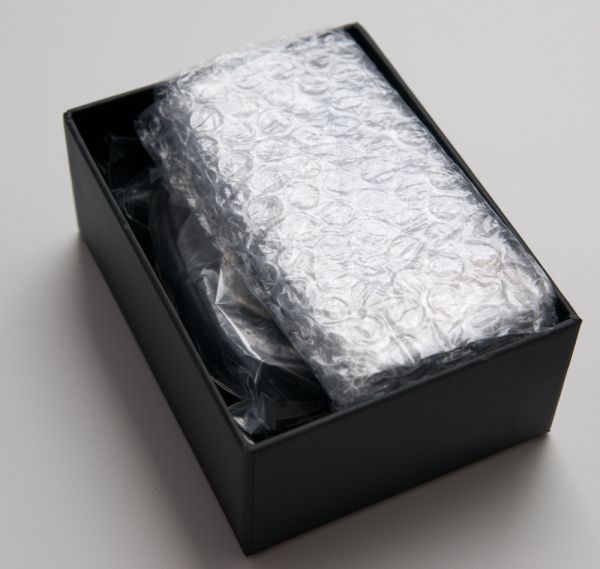
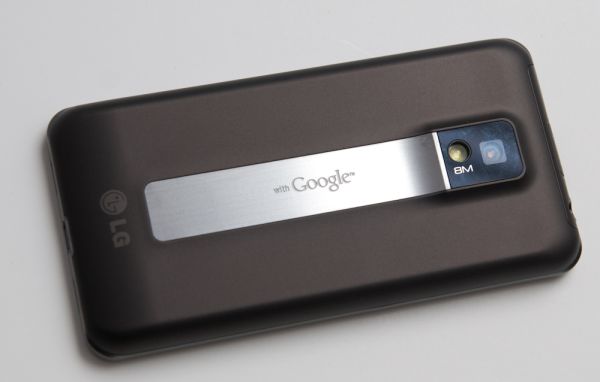
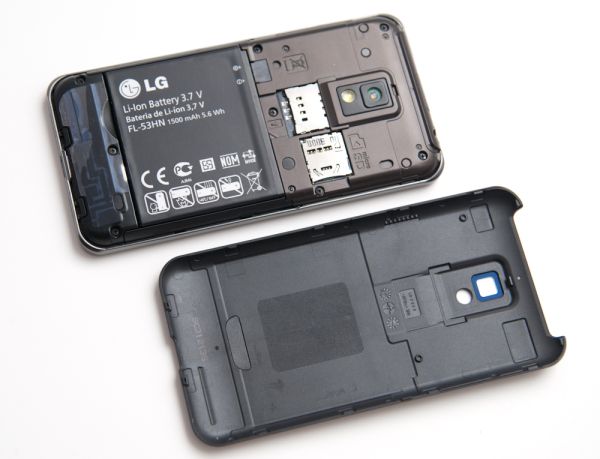



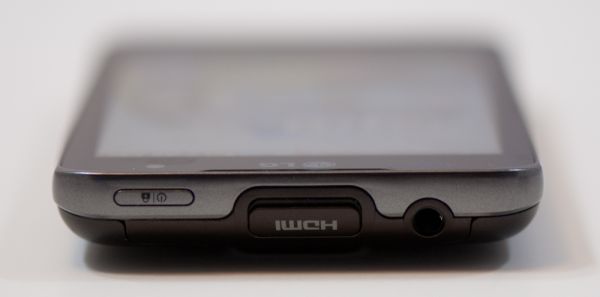
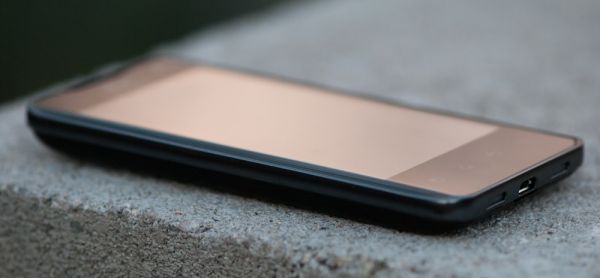
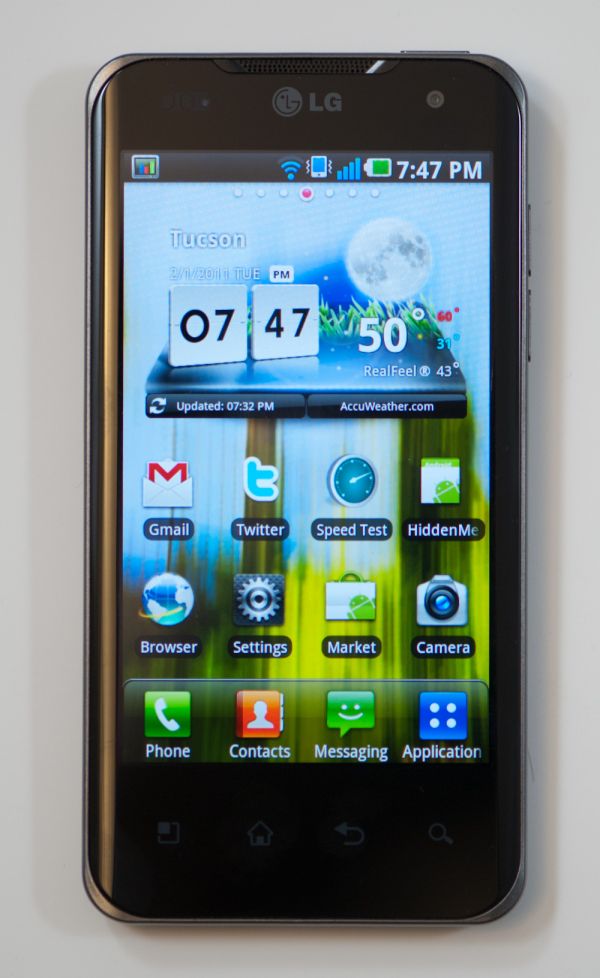
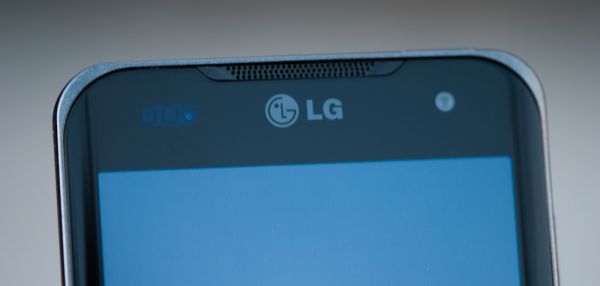
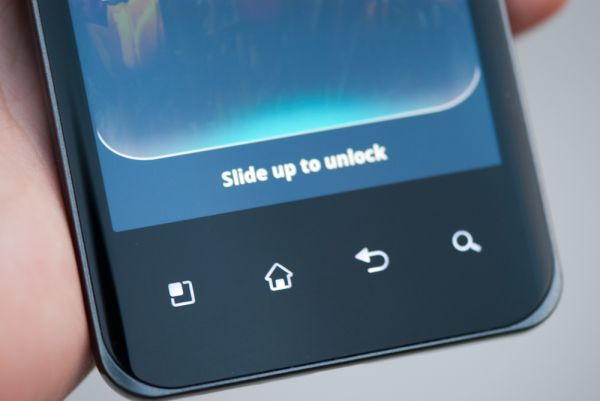








75 Comments
View All Comments
rpmrush - Monday, February 7, 2011 - link
Solid review, but please at least use spell check. I'm not a grammar or typo freak, but there were way too many simple typos that spell check wouldn't even let you get by with. At least have someone proof read it before you publish to the public.zowie - Tuesday, February 8, 2011 - link
who can create a new type battery, who will be the richest man in the worlduhuznaa - Tuesday, February 8, 2011 - link
Yeah, and until then those who manage to come up with some decent power management will be the richest...Seriously, every improvement on the battery front almost always just leads to devices drawing more power. It's somewhat ironic that last year's iPhone still leads the pack when it comes to battery life. Power management (that is: don't draw more power than absolutely necessary by throttling or shutting down components that aren't needed or aren't fully needed in a given moment) is hard and boring design work nobody seems to care for. And with devices and software getting replaced with the next iteration every few months this is even understandable, it's just not worth the effort, especially when nobody seems to care and benchmarks are so much more important to the crowd.
DanNeely - Tuesday, February 8, 2011 - link
How is is typically played back: Cropped, or vertically resampled?Wilco1 - Tuesday, February 8, 2011 - link
Tegra 3 has 4 1.5GHz Cortex-A9's according to a leaked slide.That was a great article! A few minor corrections: The ARM11 VFP is fully pipelined (so it can beat the A8 on FP performance). Like the A8, Scorpion is 2-way in-order, not limited out-of-order. In-order cores issue instructions in-order but may complete them out-of-order. On the other hand, OoO cores use register renaming to issue instructions out-of-order but complete them in-order.
Note none of the micro benchmarks used emits Neon instructions. JIT compilers don't have enough time to generate high quality code, let alone autovectorize! For proper benchmarking you will need to run native code compiled with a quality compiler (not GCC - it is still far behind the state of the art on ARM, especially Thumb-2).
metafor - Tuesday, February 8, 2011 - link
I would argue with that definition of OoO. A design does not need register renaming in order to issue any arbitrary instruction OoO. It's simply a trade-off of whether to centralize hazard tracking on register accesses or on retirement.PWRuser - Tuesday, February 8, 2011 - link
Excellent review. Please, in your future reviews don't stop including gems like this one:"Generally while browsing I can feel when Flash ads are really slowing a page down - the 2X almost never felt that way."
That's what matters! Including hands on observations along with a full volley of synthetic benchmarks.
This review comes as close as humanly possible to portraying a handset's ability to readers without the said readers trying it out.
Your attention to detail puts other reviews to shame. Keep up the good work.
sarge78 - Tuesday, February 8, 2011 - link
Don't forget about ST-Ericsson's U8500 A9. They could be a major player in 2011/2012 with potential design wins from Nokia and Sony Ericsson.warisz00r - Tuesday, February 8, 2011 - link
What equipments do you use to test the phone's audio quality with?phut- - Tuesday, February 8, 2011 - link
"NVIDIA tells us that the Tegra 2 SoC is fully capable of a faster capture rate for stills and that LG simply chose 2MP as its burst mode resolution. For comparison, other phones with burst modes capture at either 1 MP or VGA. That said, unfortunately for NVIDIA, a significant technological advantage is almost meaningless if no one takes advantage of it. It'll be interesting to see if the other Tegra 2 phones coming will enable full resolution burst capture. unfortunately for NVIDIA, a significant technological advantage is almost meaningless if no one takes advantage of it. It'll be interesting to see if the other Tegra 2 phones coming will enable full resolution burst capture. meaningless if no one takes advantage of it. It'll be interesting to see if the other Tegra 2 phones coming will enable full resolution burst capture."LG have probably made this decision based on the sensitivity of the invariably minuscule sensor they will have used. Having 6 frames of 12mp is pointless if they are 12 incomprehensible megapixels due to the lacklustre sensitivity of the pixels in their chosen part.
The kind of sensor you find delivering a meaningful burst in something like a 5D mk2 is enormous and power hungry, in comparison to an operating environment such as a phone.